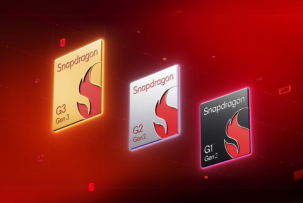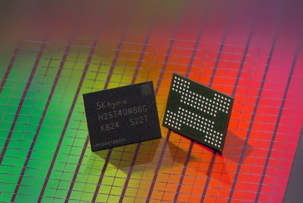AI Presents You with New Materials for Next-Generation Batteries
14:00, 09.10.2025
Researchers at the New Jersey Institute of Technology (NJIT) have used artificial intelligence to unlock a major breakthrough in energy storage. By leveraging AI, the team has identified five new porous materials that could replace traditional lithium-ion batteries. These materials are part of a new class of multivalent batteries, which use elements like magnesium, calcium, aluminum, and zinc—common and affordable metals with greater energy storage potential.
The Power of Multivalent Batteries
Unlike lithium-ion batteries that rely on lithium ions carrying one positive charge, multivalent batteries use ions with two or three positive charges. This gives them a much higher energy storage capacity. These larger, more charged ions are difficult to fit into battery material, making it challenging to create efficient and stable batteries. A breakthrough has been made. NJIT researchers used generative artificial intelligence to review thousands of possible material structures. They then identified those that could effectively hold multivalent ions.
Revolutionizing the Discovery Process
The team developed a two-step AI approach: a Crystal Diffusion Variational Autoencoder (CDVAE) and a customized large language model (LLM). These tools allowed researchers to rapidly explore new crystalline structures and predict which ones were most likely to be thermodynamically stable. The result? Five new materials could revolutionize battery technology. The new materials have large open channels and are ideal for the movement of bulky multivalent ions. The next step will be to synthesize and test these materials in real-world conditions. There is hope that commercially viable multivalent batteries will be created in the near future.


